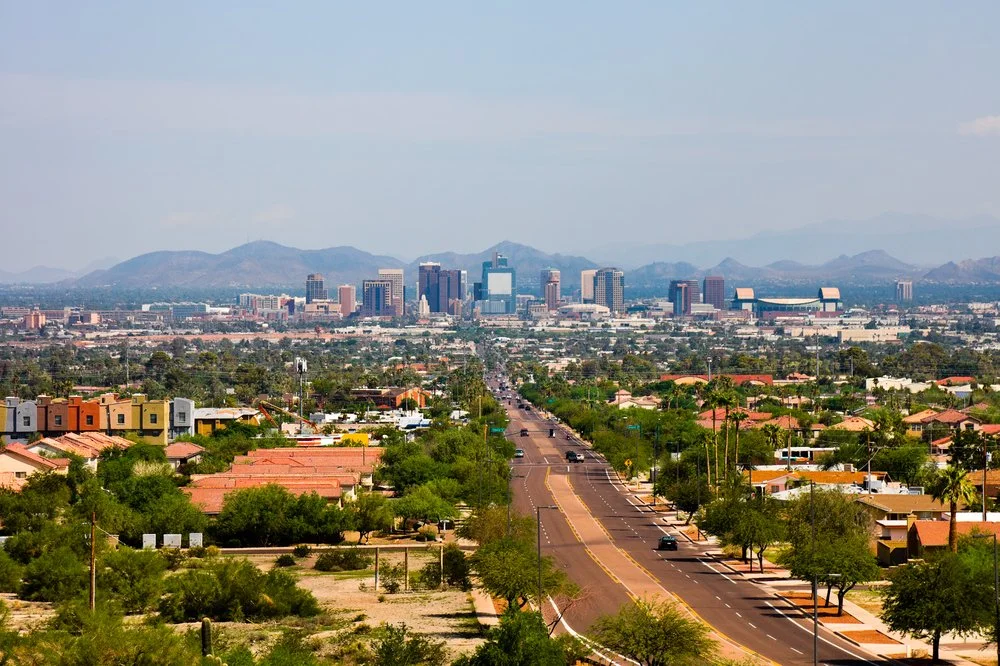Is it getting hot in here?
The City of Phoenix saw 133 days of triple-digit high temperatures last year. That’s about three weeks more than average. While the desert city is no stranger to heat, extreme temperatures can pose a tremendous health risk. Maricopa County identified over 400 heat-associated deaths in 2022, a 25% increase from the previous year, and an all-time high since the County began recording. There are resources and ways to avoid heat-related illness; however, these precautions can only go so far. In an effort to mitigate extreme summer temperatures, the City of Phoenix is implementing an unbe-leaf-ably powerful strategy: That’s right - They’re planting trees.
In 2023, the City of Phoenix received a $10 million grant from the United States Forest Service to plant more trees and promote equitable cooling. There is a tremendous disparity in tree equity between neighborhoods. Areas with higher medium household incomes often see greener streetscapes – and by extension, cooler average temperatures. ZIP codes with a larger percentage of residents in poverty have fewer trees – and also report a higher number of heat-related illnesses and deaths. The USFS grant will help to plant more trees in neighborhoods that need it the most, and hopefully, help bring the temperature down.
Trees can be a powerful solution to the heat island effect, offering a multitude of benefits for urban environments. From providing shade and cooling to improving air quality, supporting biodiversity, and enhancing social and economic well-being, trees play a vital role in creating healthier, more livable cities.

